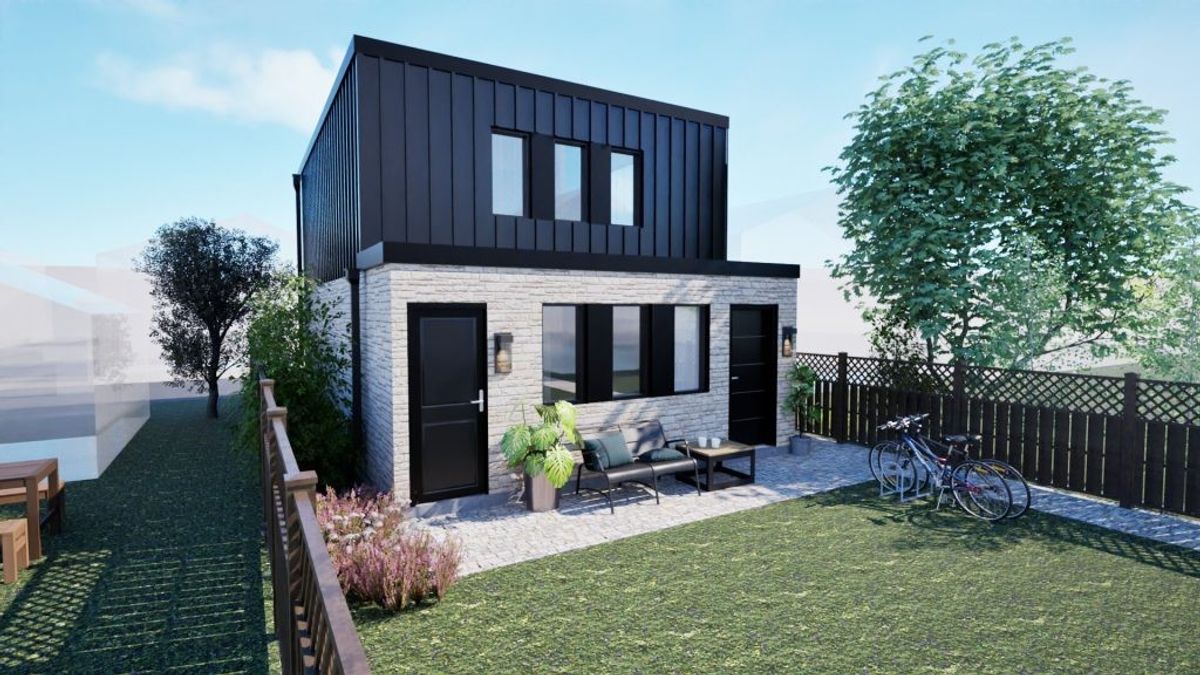Sky-high mortgage rates are the topic of conversations at both dinner tables and boardrooms across the country as of late. From coast to coast, Canada’s home prices have been on a consistent upward climb since 2013 – with this rate rapidly accelerating during the pandemic. Simultaneously, borrowers enjoyed moderately steady interest rates until 2021, when they plummeted to the lowest in Canadian history.
Not that anyone needs the reminder, but we all know what happened next.
In the past year and a half, Canada’s perpetually climbing interest rates spiked to a 15-year high. Now, countless Canadian families have altered their monthly budgets to account for higher monthly mortgage payments. While interest rates have increased, income growth has struggled to keep pace, something that’s driving would-be homebuyers to step away from the real estate market for the time being.
To find out how quickly the cost of mortgages has grown compared to income, Zoocasa analyzed home prices from September 2013 to September 2023 in 17 Canadian cities and calculated what the average mortgage payment would be for each year on an average-priced home. These calculations assumed the minimum possible down payment and an amortization period of 25 years, and used the five-year fixed rate in September of each year analyzed.
Researchers then compared this to the average annual income according to Statistics Canada in each city to see how the rates of growth differ. The five-year fixed mortgage rates were sourced from Ratehub.com and were as follows: 3.29% in September 2013; 2.72% in September 2014; 2.34% in September 2015; 2.17% in September 2016; 2.64% in September 2017; 3.09% in September 2018; 2.37% in September 2019; and 1.64% in both September 2020 and September 2021.
In September 2022, the rate surged to 4.34%. That brings us to September 2023, when the five-year fixed rate was at a peak of 5.49%. Gulp.
While mortgage payments climbed across the country, some cities saw them soar more than others – especially with respect to their income increases. Over the past decade, average monthly mortgage payments increased in every city analyzed, with the majority of cities’ mortgage payments increasing by more than $1,000 and four cities increasing by more than $3,000 since 2013.
While cities in Ontario and British Columbia benefitted from considerable increases in average income, monthly mortgage payments in both notoriously pricey provinces were up drastically. The rapidly growing Hamilton-Burlington and Barrie District both saw the largest mortgage increases, according to Zoocasa data.
Back in 2013, the average monthly mortgage payment in Hamilton-Burlington was just a dreamy $1,680. By 2023, it had risen to $5,034 – a dramatic increase of $3,354. Barrie experienced a similar story, with the average monthly mortgage payment rising from $1,442 in 2013 to $4,778 in 2023. At the same time, the average price for a home in Hamilton-Burlington and Barrie District increased by more than $500,000 between 2013 and 2023, largely driving this increase in monthly mortgage payments.
In the same time period, wages increased in both cities by an average of $6,300, or 12.8%. Even those who don’t excel on the math front can see that’s no match for the near or over 200% rate of increase for mortgage payments in each city.
Following Hamilton and Barrie, Victoria and Greater Toronto were the next cities to see mortgage payments increase by more than $3000 – an increase of 158% for Victoria and 129.8% for Toronto. While income in both cities was up by more than $7,000, this equates to just a 15.2% increase for Victoria and a 16% increase for Toronto.
In some cities, relatively affordable home prices kept mortgage costs down – you just need to embrace a bitter-cold winter as a trade-off. The only three cities that experienced less than a 50% increase in mortgage payments were Saskatoon (45.2%), Edmonton (39.4%), and Regina (29.4%). These were also the only cities where home prices increased by less than $60,000, with Regina home prices only increasing by $10,600 from 2013. This meant that Regina residents saw their monthly mortgage payments inch up by just $422 in the last ten years. With that said, wages in Regina actually fell, with the average income in 2013 at $52,800 and in 2021, the last time data was available, declined to $52,100.
Regina wasn’t the only city to see a drop in wages. Wages also fell in Edmonton and Saskatoon, though just by $100 in Edmonton and $700 in Saskatoon. Meanwhile. Calgary’s average income dropped from $65,800 in 2013 to $61,400 in 2021. Compared to other metropolitan cities, home prices and monthly mortgage payments grew moderately less in the Alberta city. Monthly mortgage payments in Calgary increased by $1,350 to $3,317 in September 2023 – the highest average monthly mortgage payment outside of Ontario and British Columbia.
Over in Saint John – largely celebrated as one of the most affordable cities in Canada – home prices increased by $124,000 between 2013 and 2023 and monthly mortgage payments increased by nearly $1,000. At $47,400 (2021), the New Brunswick city also has the lowest average income of the cities Zoocasa analyzed.
In general, the results aren’t surprising. Both Hamilton and Barrie – cities already being quickly developed prior to COVID-19 – saw their home prices explode during the pandemic, when homebuyers turned their sights and dollars outside of the city confines, in search of larger and more affordable pastures than Toronto had to offer.





















